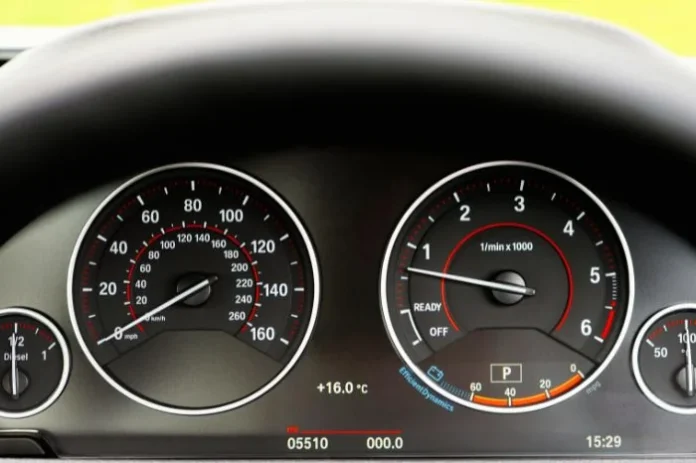When it comes to car ownership, few numbers are more important than the number of miles you put on your vehicle each year. Whether you’re thinking about resale value, planning for maintenance, or just trying to understand your driving habits, your annual mileage plays a major role. But how much is too much, and what does your mileage say about the value of your car?
According to Car and Driver, the average mileage on a car is assumed to be between 12,000 and 15,000 miles per year. This figure has become an industry standard and is used by dealerships, insurers, and even online car valuation tools to determine whether a car has been driven under normal conditions. Fall too far outside this range, and it can affect your car’s perceived worth.
Understanding Mileage Ranges
If you’re driving less than 12,000 miles per year, you may be considered a low-mileage driver. That’s generally a good thing for resale value—less use often means less wear and tear.
Buyers tend to view low-mileage vehicles as better maintained, even if the car is a few years old. However, a vehicle that sits unused for long periods can also develop issues like battery drain, dry rubber seals, or tire rot. So even with low mileage, regular maintenance is key.
On the other hand, if you’re driving more than 15,000 miles per year, your vehicle may fall into the high-mileage category. High mileage can speed up depreciation and raise red flags for potential buyers.
That’s because more miles often mean more stress on the engine, brakes, tires, and transmission. If you plan to trade in or sell your vehicle, a high odometer reading might bring down its value, even if it’s been well cared for.
Your Driving Habits Tell a Story

Mileage is more than just a number—it reflects your lifestyle. Maybe you have a long daily commute, travel frequently for work, or live in a rural area where everything is far apart. In any case, your driving routine affects your car’s condition and longevity.
The more miles you rack up each year, the more attention you’ll need to pay to things like tire rotations, oil changes, and fluid levels.
It also plays a role in your overall safety on the road. According to the National Safety Council (NSC), at least one driver was using a cellphone in over 40% of all car accidents that result in an injury or death.
This sobering statistic highlights that the more time you spend on the road, the more exposure you have to risky driving behavior—both your own and others’. If your mileage is on the higher end, being alert and minimizing distractions becomes even more important.
The Bigger Picture: You’re One of Millions
It’s easy to focus on your own car and your own mileage, but remember—you’re one of millions. According to ConsumerAffairs, there were over 243 million licensed drivers in the United States in 2023. That’s a massive number of people sharing the same roadways. This affects everything from the condition of local roads to traffic congestion, air quality, and accident rates.
Understanding how your own driving patterns fit into that larger context can help you make smarter decisions about how you drive and maintain your car. It also reinforces why things like routine maintenance and safe driving habits matter so much—not just for you, but for everyone else on the road.
Smart Ways to Manage Your Mileage
If you’re looking to control your annual mileage—whether to extend your car’s life or boost its future trade-in value—consider a few small changes.
Carpooling, using public transportation occasionally, or even combining errands into fewer trips can reduce your mileage. Keeping an eye on your odometer and logging your trips can also help you stay conscious of how much you drive and why.
And if you’re in the market for a new car, consider how much driving you do each year. For example, a fuel-efficient or hybrid vehicle may save you money over time if you drive a lot. Meanwhile, if your lifestyle involves minimal driving, you may not need to invest in a brand-new car at all.
Mileage is more than a stat on your dashboard—it’s a reflection of how you live, how safely you drive, and how well you maintain your vehicle.
Staying within the average range of 12,000 to 15,000 miles per year can help maintain your car’s value, but even if you fall outside that range, awareness is key. With over 243 million drivers on U.S. roads and distractions more common than ever, keeping your mileage in check is one more way to drive smart—and stay safe.





